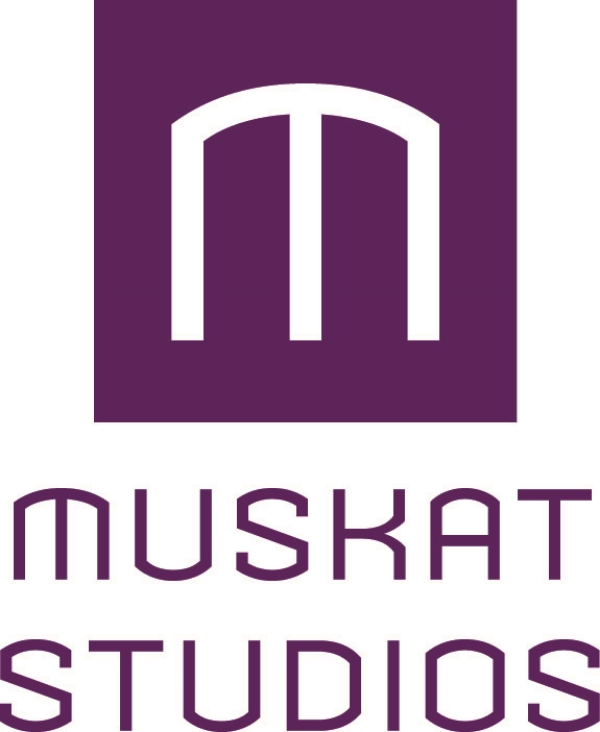Lithography as a print medium has over 200 years of innovation and tradition, and continues to be used by artists to create amazing prints. Litho’s extensive range of mark-making possibilities has always been one of its greatest strengths, but the need for a studio with equipment and chemistry has always been one of its greatest challenges. Around 2012, Émilie Aizier (France), worked out what is now called Kitchen Litho, a method of lithography using basic materials but has limited mark-making possibilities and still required a press. Many people since Kitchen Litho came about have modified it and come up with a variety of methods which work to a greater or lesser extent. We have attempted to address these issues with a technique that allows for a wide range of mark-making and does NOT require a press.
Our guiding principles in our research were to work with available materials in order to achieve reliable tonal marks that speak to the heart of Lithography and can be printed without a press. We wanted to make all the possibilities of litho even more accessible, which required:
having a significant tonal range using traditional litho drawing materials (pencils, tusche, etc.),
using basic materials for processing,
being able to print without a press,
getting consistent results for printing small editions, without scum or stability issues.
Although we began our research with Kitchen Litho, we eventually shifted along the spectrum to a method much closer to traditional stone lithography. We have managed to create, process and print small editions by hand, without a press. These images have been both black and white and color, incorporating a range of tones from light to dark, using litho pencils and tusche.
Above is an entire playlist created for Lemon-Etch Litho. There are 7 videos in total covering the entire process. Using the navigation on the bottom left to go to the next video or click the top right “Playlist” to select a video from the series.
A handout with detailed instructions and pictures can be downloaded below. If you have any questions or need any further information, feel free to contact the studio directly.

